Obsessive mice
The biology of obsessive-compulsive disorder becomes even more baffling with the release of two new mouse models, each implicating a different type of brain cell.
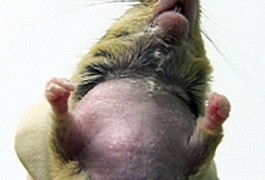
The biology of obsessive-compulsive disorder becomes even more baffling with the release of two new mouse models, each implicating a different type of brain cell.
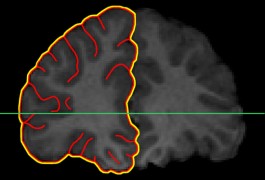
A region of the brain that controls language is more extensively curved in children with autism than in those with Asperger syndrome, according to a study published in the Journal of Child Neurology. The findings offer preliminary biological evidence that Asperger syndrome, a disorder on the autism spectrum, is distinct from high-functioning autism.

A study of a rare form of epilepsy found in Amish groups adds heft to the idea that mTOR — a much-studied hub in a massive network of brain cell proteins — is an important biochemical player in autism.
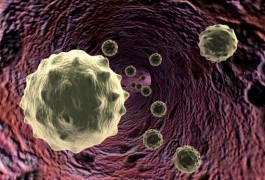
Researchers can reliably identify individuals with autism by looking at the expression pattern of a set of genes in cultured blood cells, according to a poster presented Friday at the IMFAR 2010 conference in Philadelphia.
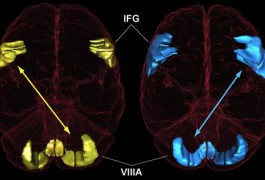
Some brain areas involved in speech are larger and some smaller in children with autism compared with healthy controls, according to a series of imaging studies conducted by a Boston research group.
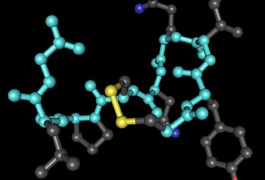
Scientists have been unable to replicate work showing an association between oxytocin receptor genes and autism.
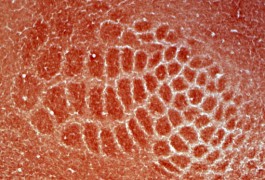
Young mouse models of fragile X syndrome show a significant lag in the development of synapses, the connections between neurons, according to a study published in Neuron. The findings suggest that a similar mistiming may be responsible for the sensory problems — such as hypersensitivity to touch and sound — sometimes seen in people with fragile X syndrome.
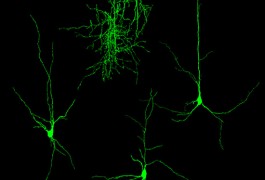
There are several short periods during development in which our brains are ‘plastic’ — meaning that neuronal connections appear and disappear depending on how much they are used. Researchers may have found a way to reopen those learning windows.
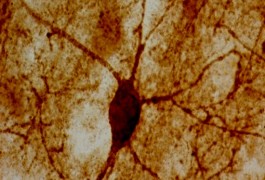
Researchers have found a higher density of several types of interneurons — nerve cells that connect sensory and motor neurons in the brain— in postmortem brain tissue from individuals with autism, compared with healthy controls. The findings appear in the February issue of Acta Neurologica Scandinavica.
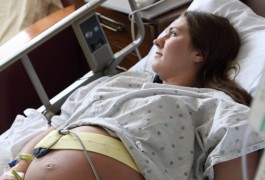
A class of medications widely used during pregnancy to treat asthma and prevent early labor increases the baby’s risk of autism and other psychiatric disorders, according to a controversial review in the American Journal of Obstetrics and Gynecology.